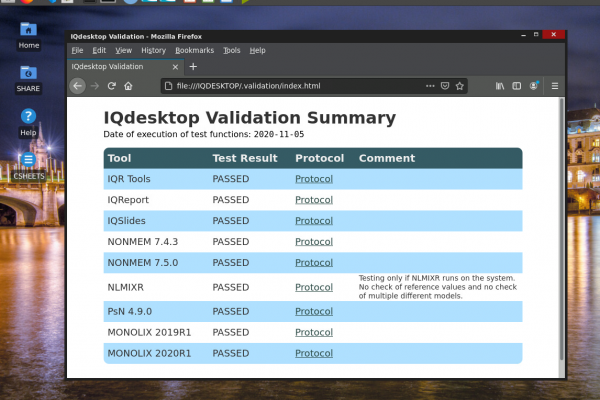Therapeutic window determination leading to NoGo decision
Goal: Provide requested support for Phase 2a dose selection
Available information
- Targeted indication is non-lethal with different requirements on benefit-risk than in oncology
- PK, biomarker PD data from an oncology FIP study in different indication
- DLTs seen in FIP study
- Competitor information
- Targeting same mechanism of action
- Published In-vitro concentration / response biomarker
- Published mean PK profiles at different dose levels
- Information at which dose-level clinically relevant efficacy is observed (conference slide)
- In-silico calculation of partition coefficients for competitor
- Information on tissue distribution
Questions
- Original question: What would be suitable Phase 2a doses?
Approach
- Development of population PK model based on oncology FIP study data
- Development of population PK/PD model linking dose/concentration to biomarker inhibition
- Leverage competitor information to inform relationship biomarker inhibition / clinically relevant effect
- PK/PD modeling for safety readout (continuous marker)
- Simulation based integration of all information for communication purposes
Benefit for the Client
- Population PK analysis revealed a very long halflife and huge PK variability. Due to FIP study design this was not realized before
- Characterization of required exposure thresholds for efficacy and concentration range of expected DLTs revealed the non-presence of a therapeutic window for this compound in the considered indication
- Project team went for an early NoGo decision
- Decision to wait for backup compound with far more favorable physchem properties




